When you think of the Duluth International Airport (DLH), what is the first thing you think of? Most people would probably say “flying commercially for business or leisure.” You might be surprised to learn, then, that while there were over 65,000 departures and arrivals at DLH in 2018, less than 10,000 of those were from commercial airlines.

DLH supports many different users who contribute $646.5 million dollars annually in economic impact to the local community and region. A few of the common uses of Duluth International Airport are listed below.

Commercial Airline Service (Air Carrier)
Commercial service airlines allow leisure and business travelers to connect to the rest of the world. Delta Air Lines provides non-stop flights to Minneapolis-St. Paul International Airport (MSP) and American Airlines and United Airlines fly non-stop to Chicago O’Hare International Airport (ORD). Many passengers connect at those airports to other national and international destinations. Enplanements (people who got on a plane at DLH) are a way to track how many paying passengers are boarding commercial aircraft. In 2018, DLH had 136,806 enplanements.
Where do passengers departing from DLH travel to? The top 20 domestic destination markets for passengers in the first quarter of 2019 are shown below.
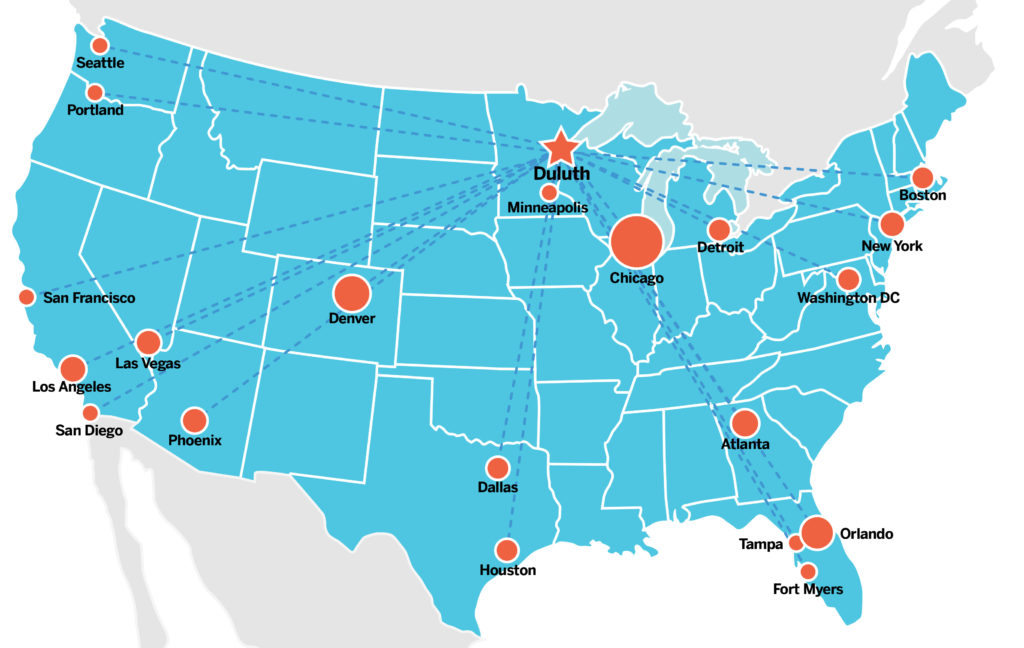
Military
The Minnesota Air National Guard 148th Fighter Wing is based out of DLH. The 148th currently flies the F-16 Block 50 Fighting Falcon. In 2018, military operations accounted for 9% of total operations at DLH, with the 148th Fighter Wing completing over 5,971 flying hours. According to their 2018 Annual Report, the 148th Fighter Wing is the seventh-largest employer in Duluth, with over 1,000 members. The 148th conducts training flights in designated military training airspace in northern Minnesota, over Lake Superior, and in northern Wisconsin.

General Aviation
General aviation is a term used to describe aviation activities that do not include commercial flights, military operations, cargo or charter operations. Most people think of general aviation as recreational flying in smaller propeller aircraft. 68 aircraft based at DLH fall into this category, including private planes owned by local businesses. General aviation also includes aircraft flying to DLH for recreational, business or other purposes.
General aviation at DLH also includes a locally based Civil Air Patrol squadron. The Civil Air Patrol is a volunteer organization that supports communities with emergency response, aviation services including search and rescue services, and aerospace education.

Education and Training
Whether you’re aspiring to become a professional airline pilot or simply want to experience the thrill of flying a recreational aircraft, you need to go through training. Student pilots learn by attending ground school and receiving flight instruction, and DLH is home to a number of users that train aspiring pilots. Lake Superior College (LSC) offers a growing professional pilot degree program and conducts flight training at DLH, as well as offering aircraft maintenance and mechanic degree programs. Lake Superior Helicopter, also located at DLH, offers flight training for aspiring helicopter pilots.
United States Customs and Border Protection (CBP)
Aircraft traveling international routes are able to stop at DLH to clear U.S. customs, refuel, and then continue on to their final destination elsewhere in the United States. On average, at least one international flight arrives at DLH each day. International flights come from departure points in Canada as well as transatlantic locations such as Europe and the Middle East.
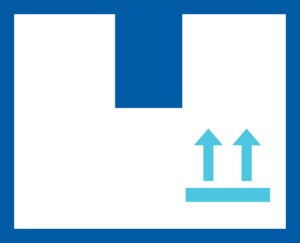
Cargo
Airports are an efficient way to move packages throughout the country and around the world. DLH has three cargo carriers that utilize the airport. Mountain Air, a Federal Express (FedEx) carrier, provides daily cargo operations between Duluth and Minneapolis-St. Paul International Airport (MSP) to connect Duluth to FedEx’s global network. Bemidji Air contracts with UPS to provide daily cargo flights between Duluth and MSP. The United States Postal Service (USPS) contracts with air carriers to move US mail.

Manufacturing & Research and Development
Research and development activities allow aviation to continue to be one of the safest means of transportation. Cirrus Aircraft, located on the south-west side of the airfield, manufactures piston and jet aircraft and continues to innovate and incorporate new technologies into their aircraft.

Aircraft Maintenance
Just like a car, aircraft require routine maintenance. The Federal Aviation Administration (FAA) regulates these maintenance services. Monaco Air Duluth, the Fixed Based Operator (FBO), currently provides annual and routine maintenance services for single-engine and light twin aircraft, and is a Cirrus Authorized Service Center.
AAR specializes in Airbus and Boeing narrow-body airframe maintenance. It is located on the north side of the airport and is home to a 188,000 square foot facility. United Airlines currently uses AAR for its Airbus 319 airframe maintenance.
Unmanned Aircraft Systems (UAS) / Drones

Uses of Unmanned Aircraft Systems (UAS), also commonly referred to as drones, are rapidly evolving. Drones have the potential to change how our local and regional businesses conduct their operations. The Vision 2040 Master Plan will look at how drone operations could affect the Duluth Airport and the surrounding communities. As part of the Vision 2040 Master Plan, drones have been used to survey tree heights that may pose a hazard to air navigation. During the Runway 9/27 reconstruction project in the summer of 2019, progress photos and videos were captured using drone footage.

Medical Transport
Aircraft and helicopters are capable of rapidly transporting patients with life-threatening injuries or illnesses to another hospital when transporting them by ambulance may not be feasible or could risk the life of the patient. DLH provides the necessary facilities for aircraft and helicopters to transport patients or organs for medical use. DLH supports the local medical facilities by providing instrument approaches when visibility and cloud cover limits the use of heliports located at hospitals. Additionally, some medical transports use fixed-wing aircraft that require a runway.

Non-Aviation Support Functions
DLH also supports the region by providing access to non-aviation transportation. Car rentals are available at the terminal through Alamo, Avis, Budget, Enterprise and National. The Duluth Transit Authority (DTA) provides city bus service to the airport terminal on three bus routes. Landline offers bus service from DLH to the Minneapolis-St. Paul International Airport (MSP), with stops at both Terminal 1 and Terminal 2 at MSP.
A mile of highway will take you a mile, but a mile of runway will take you anywhere. Below are graphics showing where domestic general aviation aircraft leaving DLH landed, and where aircraft that landed at DLH came from.
Arrivals
Departures
Duluth’s Vision 2040 Master Plan will help us meet the existing and long-term needs of all these users including airlines, passengers, military, cargo carriers, private aircraft, tenants, our local communities we serve and the many visitors to our region.
Build our future. Together. Get Involved! Community involvement is key to the success of our Master Plan. We welcome and look forward to the public’s involvement in this process! Check out our Community Involvement tab for more information on how to get involved.



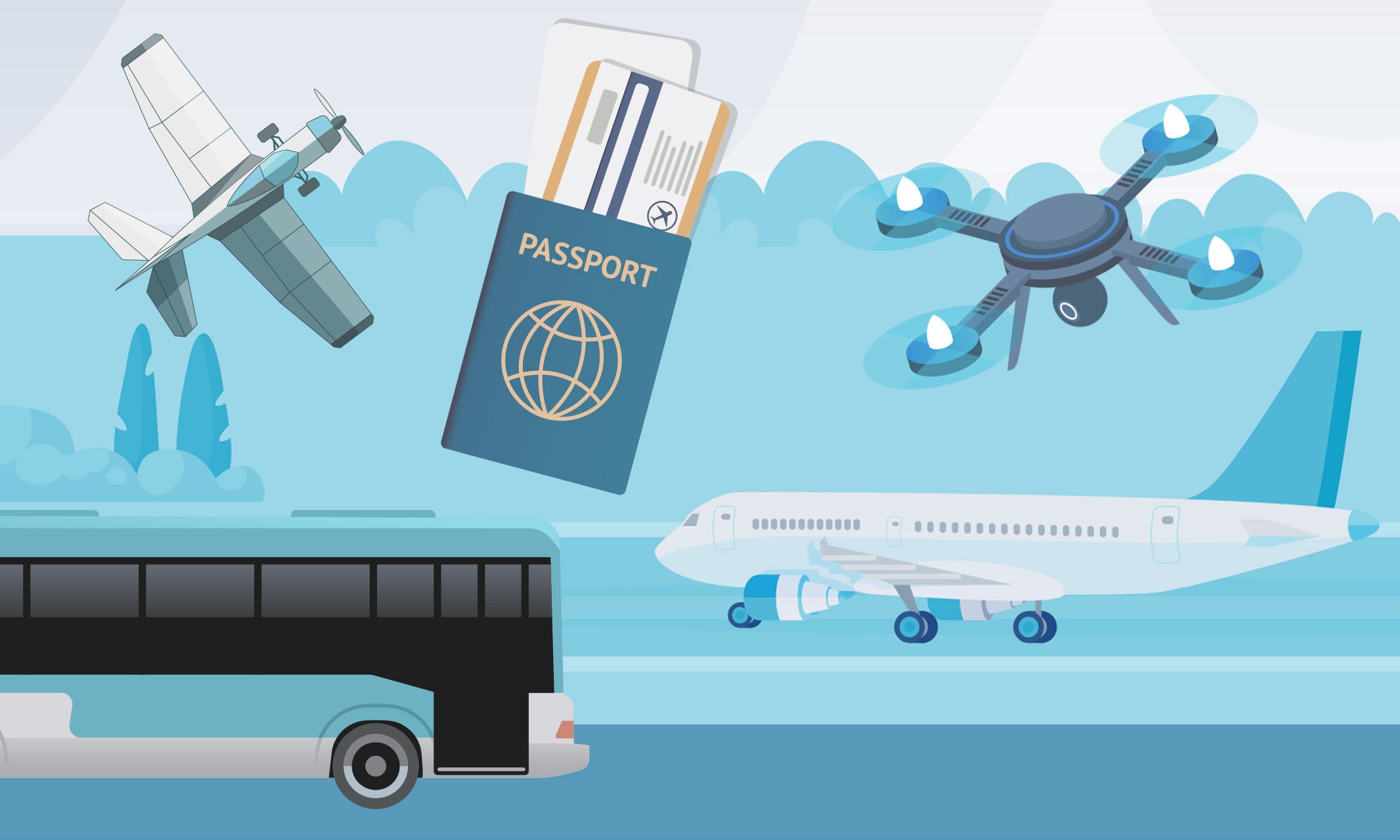


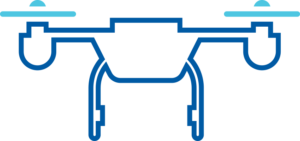

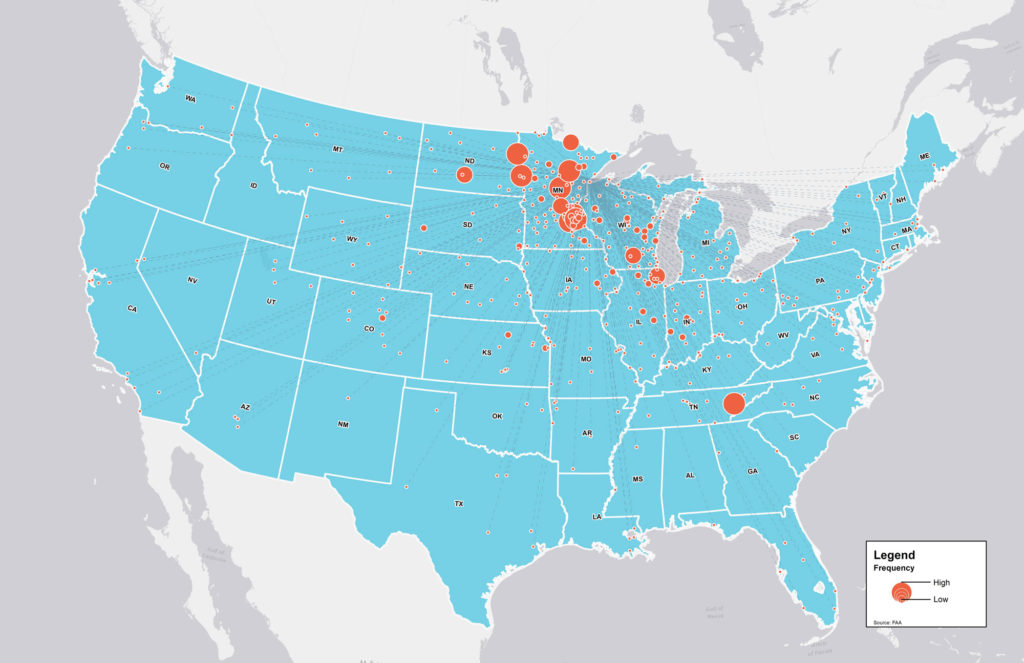

 | CLICK HERE »
| CLICK HERE »
Connect with DLH
Get all the latest DLH news and updates when you follow us on your favorite social network.
Latest News
DLH Construction Update – July 12, 2024
Read More »DLH Construction Update – July 8, 2024
Read More »DLH Construction Update – June 28, 2024
Read More »